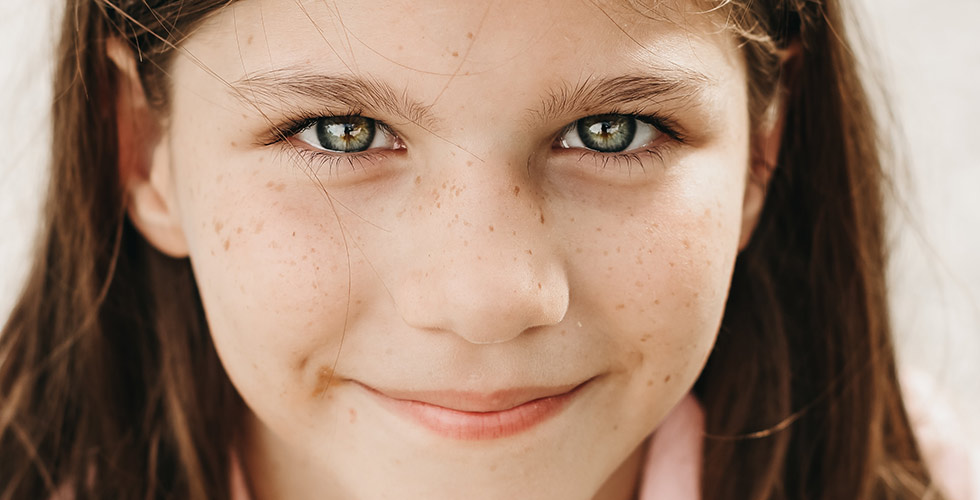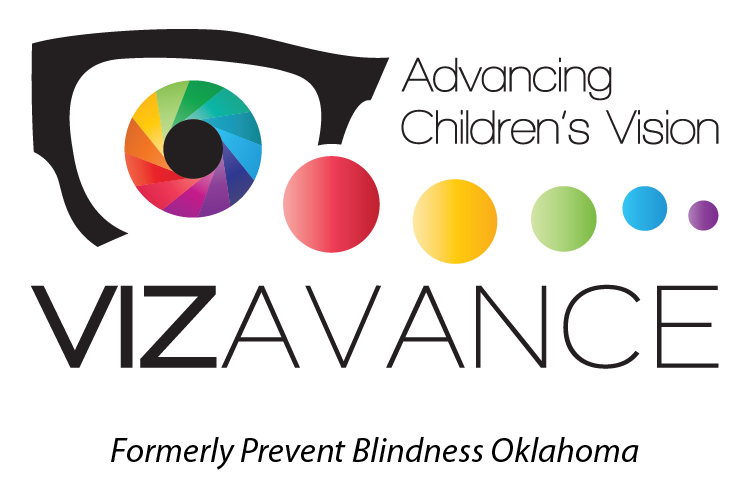
A recent study has shown that young eyes are able to adapt quickly to new environments. This is good news for parents who are worried about their children’s vision. The study also found that young eyes are less likely to experience strain and fatigue. This is great news for parents who want their children to be able to play and learn without having to worry about their vision.
How young eyes adapt quickly
Young eyes adapt quickly to light because they have a high concentration of photoreceptors, the light-sensitive cells in the retina, according to a new study. The study, published in the journal Nature, found that when exposed to light, the Central area of the retina, which is responsible for sharp vision, increases its number of photoreceptors by up to 30 percent. “This is the first time that we’ve seen such a dramatic change in the number of photoreceptors in response to light,” said study co-author Dr. Pamela Scope, an optometrist at Imperial College London. The findings could have implications for the treatment of age-related macular degeneration (AMD), a condition that causes blindness in older adults. “If we can identify ways to increase the number of photoreceptors in the retina, we may be able to slow down or even reverse the progression of AMD,” Scope said.
The benefits of quick adaptation
It’s well known that young eyes adapt quickly to new surroundings and can rapidly adjust their focus. This is an important advantage in many situations, such as when engaged in sports or other activities that require split-second reactions.
But the benefits of quick adaptation don’t stop there. A new study has shown that young people who can rapidly adjust their focus are also better able to learn new tasks quickly and remember what they’ve learned over the long term.
The study, which was conducted by researchers at the University of Sussex in the UK, looked at a group of young adults aged 18-30 and a group of older adults aged 60-75. The participants were asked to complete a series of tasks that required them to quickly switch their attention between different objects or groups of objects.
The results showed that the younger participants were significantly better at completing the tasks than the older participants. In addition, the younger participants were also better able to remember what they had learned after a period of time had passed.
This research provides further evidence of the importance of quick adaptation in learning and memory. It also highlights the fact that older adults may need more time to learn new things, but that they can still benefit from quick adaptation strategies.
The science behind quick adaptation
When you enter a dark room, it takes a few moments for your eyes to adjust. This is because your pupils need to dilate, or open wider, to let in more light. The opposite happens when you walk into a well-lit room; your pupils contract to protect your eyes from the increased light.
This pupil reflex is automatic and happens very quickly; in fact, it’s one of the fastest reflexes in the human body. But how exactly does it work?
The key lies in the rods and cones of the eye. These are two types of photoreceptors, or light-sensitive cells, that are found in the retina (the innermost layer of the eye). The rods are responsible for vision in low light conditions, while the cones are responsible for color vision and detail vision.
When it’s dark, your pupils dilate so that more light can enter your eye and trigger more rod cells. This gives you better night vision. When it’s light, your pupils constrict so that less light enters your eye and activates the cone cells instead. This helps you see colors and details more clearly.
Keeping children’s eyes healthy
Most young people have good vision, but some have problems that need to be corrected with glasses or contact lenses. If you have never had your vision checked, you should see an optometrist or ophthalmologist (a medical doctor who specializes in eye care) for a complete eye exam.
You can also learn how to help your young eyes adapt quickly by following these tips:
-Give your eyes a rest: Take breaks from looking at screens and reading, and focus on distant objects for 20 seconds every 20 minutes.
-Limit screen time: Children under 2 years old should not be exposed to screens, and children between 2 and 4 years old should not spend more than one hour per day in front of screens.
-Eat healthy foods: A diet rich in fruits, vegetables, and omega-3 fatty acids can help improve your vision.
The difference between young and old eyes
There is a big difference between young and old eyes. Young eyes are able to adapt quickly to changes in light, while old eyes take longer to adjust.
Young eyes also have a larger field of vision and can see more color than old eyes. And, young eyes are better at seeing things in three dimensions (3D).
How to keep your eyes healthy
As we age, our eyesight changes. It’s important to get regular eye exams and find out if you need corrective lenses. But there are also things you can do to keep your eyes healthy and prevent vision problems.
Wear sunglasses or a hat when you’re outdoors. Ultraviolet rays from the sun can damage your eyes.
Wash your hands before you touch your eyes. This will help prevent infection.
Eat healthy foods. Foods that are rich in vitamins C and E, beta-carotene, zinc and omega-3 fatty acids may help protect your eyesight as you age.




